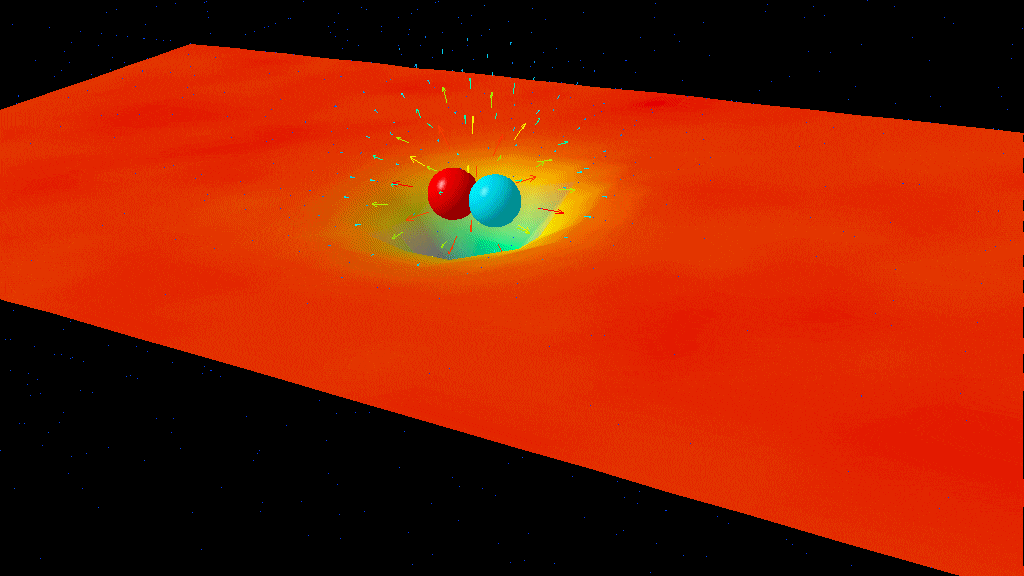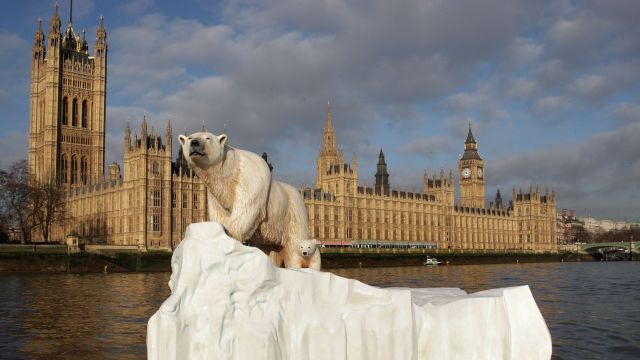Ask Ethan: How Can I See The Quantum Universe At Home?

Do these five experiments right in your own living room, and explore some of the most baffling phenomena in all of nature.
It’s a revolutionary idea that the Universe is made out of indivisible, ultra-tiny quantum particles. More than that, these quanta only behave as particles under certain circumstances; in other conditions, they behave as waves. This sounds not only counterintuitive, but far fetched. Yet physicists don’t believe anything without convincing themselves that this is how nature actually behaves, and that requires experiments to verify it. Can you do any of them at home? That’s what our Patreon supporter Ron Lisle wants to know:
[It’s] always fun to hear about freaky quantum effects that can be demonstrated at home without big science equipment, for example, using a pair of polarized sun glasses.
There are some very easy ways to enjoy both the wave and particle nature of… well, nature. Here are some experiments you can do at home to see it for yourself!

1.) Laser pointer and CD/DVD/Blu-Ray. Have a laser pointer? Have a CD, DVD, or Blu-Ray disc handy? Well, turn out the lights and shine that laser obliquely (at a steep angle) at the disc, and what do you see? Don’t look at the disc itself (and don’t shoot your eye out), but rather look at the reflected point of light. Is there just a single point? Nope. There’s likely to be a bunch of them: at least 3, depending on the width of your laser beam.
This is because there are tiny pits in the optical storage device, with the distance between the points of light corresponding inversely to the spacing between the pits. The closer together the points of light are, the more distant the pit spacing, meaning the less data your device can hold. If you have both a CD and a DVD, check out how much farther apart the DVD points are than the CD ones! This is only possible because of the wave nature of light.
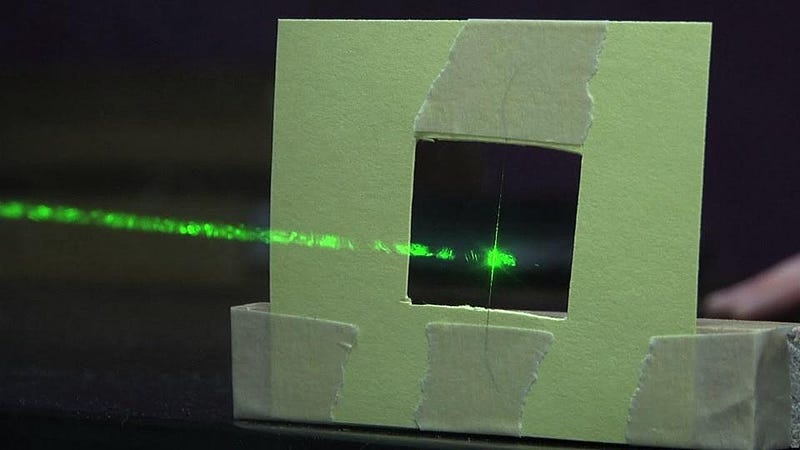
2.) Laser pointer and a strand of hair. Have a strand of hair you can spare? Suspend it taut between two points, leaving a clear path from the hair to a blank wall. Now, shine a laser pointer at the hair, and take a look at what emerges on the wall. See a pattern of bright-and-dark fringes? That’s due to light acting like a wave again, similar to the legendary double-slit experiment, only with two edges to the hair (in two dimensions) rather than two slits. The interference pattern is created by each individual photon with itself, and the angle between successive bright fringes actually measures the thickness of your hair, where a more closely-spaced pattern means thicker hair. (Hair normally runs between about 20 and 160 microns, with beard hair consistently towards the higher end of that.)
If you ever doubted that light is a wave, this is a fun and easy way to demonstrate it for yourself.
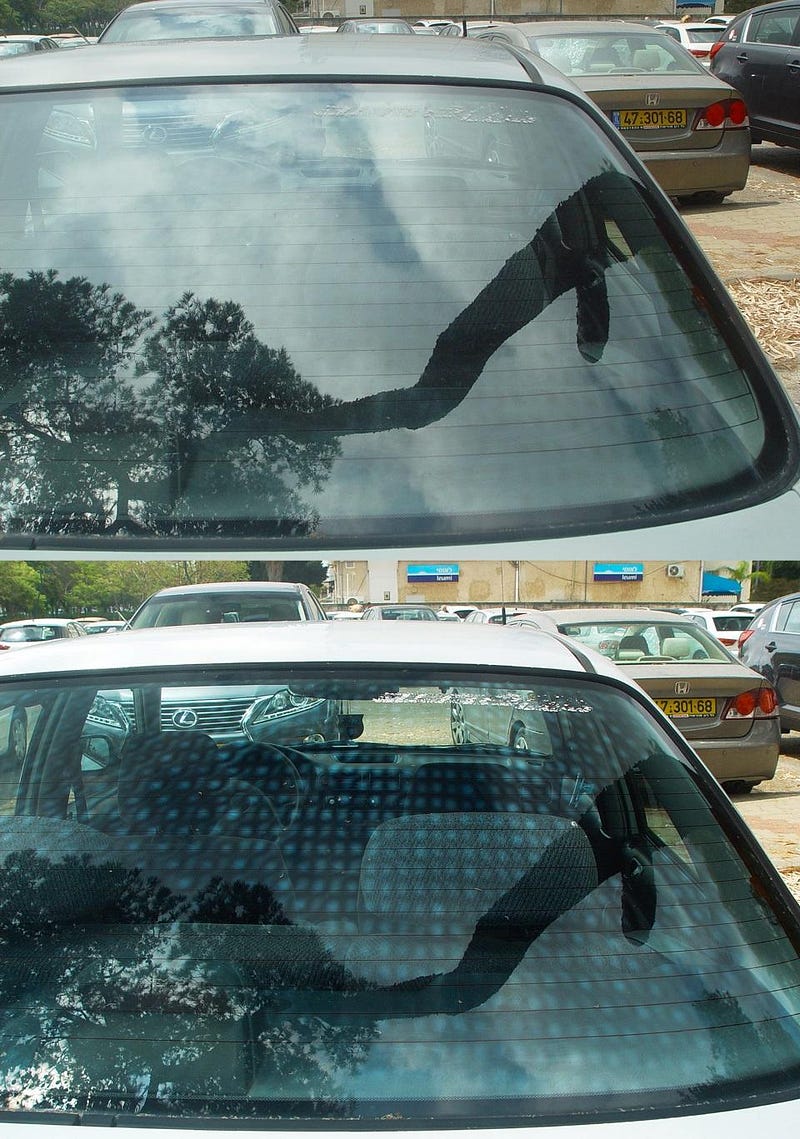
3.) Flashlight and polarized sunglasses. Want to demonstrate how light is polarized, and that it has electromagnetic properties? Or want to go a step further and see how quantum encryption works? Take a flashlight in a dark room and shine it towards a wall. Get your hands on three polarizing filters (the cheap-and-easy way is to just pop the lenses out of a pair of polarized sunglasses), set one up so that the light passes through it, and then hold a second one in the path of the light that filters through. As you rotate that second polarizer, you’ll see the light brighten and dim, and there will be one point where the light cuts out entirely. That’s where your polarizers are oriented at right angles (90°) to one another, and the electric fields that were allowed through the first polarizer are completely blocked by the second.
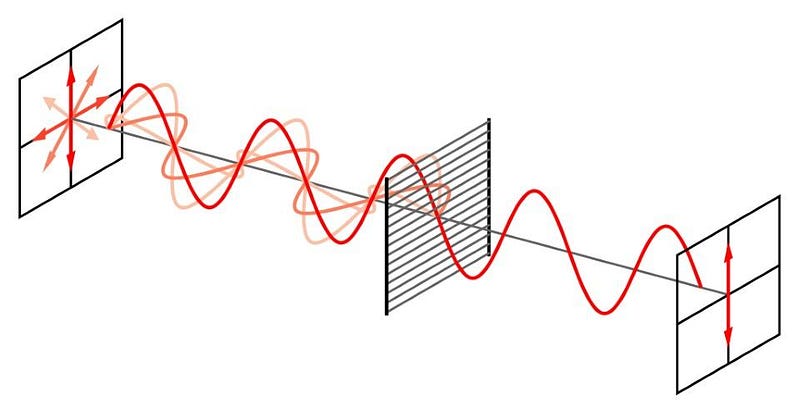
But if you put a third polarizer in the middle, and rotate it, you can actually send light through to the end! The middle polarizer will allow a portion of light (the portion whose electric field aligns with the polarizer) through, and then the light reaching the last polarizer will be partially passed through that one as well. It’s a clear demonstration of light’s electromagnetic properties. For a demonstration of quantum encryption, simply remove the middle polarizer and control the orientation/rotation of the second polarizer. If you align them either perfectly constructive/destructive, or diagonal/antidiagonal, you’ll have a different communication scheme, but one that allows you to send bits of information, in principle, using just a single photon. It’s the perfect analogue of a quantum cryptography scheme.
As long as you are randomly generating bits of information to determine whether your polarizers are oriented in the constructive/destructive setup or the diagonal/antidiagonal setup, only your intended recipient can decode your signal; an interloper would have to break the quantum cryptography code without having the key! (More details here.) The quantum Universe may be more bizarre than we can intuit, but thanks to the particle-like and wave-like properties of light, we can set up demonstrations to see some of those quantum effects right in our own home.
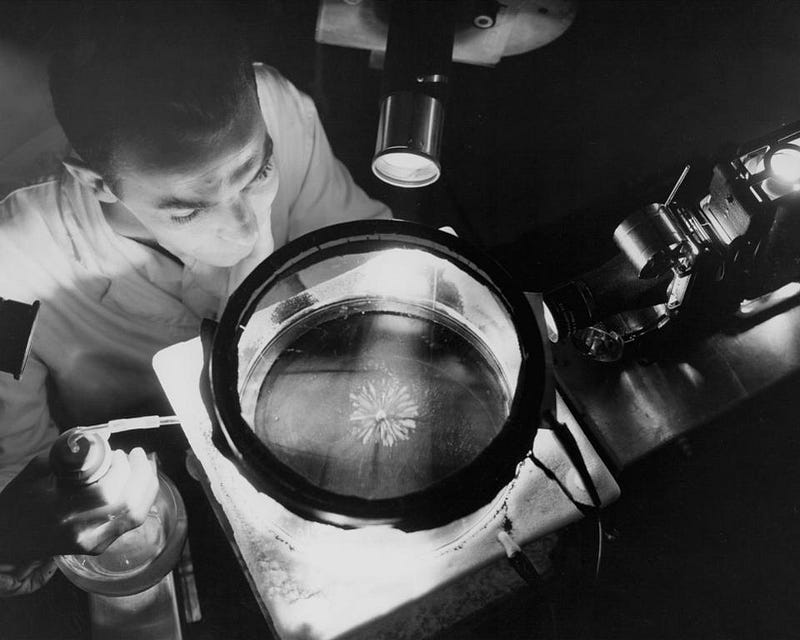
4.) Build your own cloud chamber. Ever want to see quantum particles, and the tracks they make as they move through the air, with your own eyes? Well, for less than $100, you can see them both from cosmic rays and radioactive sources right at home. All you need to do is build yourself a cloud chamber. You might not be able to see individual, subatomic particles with your own eyes, as the wavelengths of light our eyes can perceive are virtually unaffected by them. But if you create a vapor out of alcohol — pure, 100% alcohol like isopropyl or ethyl alcohol (anything less than 90% will not work!) — a fast-moving, charged particle will create a trail that you yourself can visually see! Here’s how:
- Start by obtaining a rectangular aquarium fish tank, one that has good, solid seals around all the edges and will not leak.
- Cut three large pieces of thick, insulating foam of the same size: two with rectangular holes big enough for the fish tank to fit inside, one that you leave solid for your “base”.
- Cut a piece of galvanized steel sheet metal the same size as the insulating foam. Attach black card stock or matte black felt, or spray paint it with matte black paint, for the surface the size of the fish tank.
- Put the metal plate between the two top layers of insulating foam; add a two-sided layer of modeling clay for the tank to fit around. Add water or some of the alcohol solution into the groove so that when you put the tank atop it, no air can get in or out.
- Modify the fish tank by adding a layer of felt or sponge-like material to the tank’s base. Secure it good; it will be upside-down! Once that’s set, you’re ready to put it all together.
- Place some dry ice in the first two layers (solid base and hollow rectangle) of the insulating foam, then put the metal plate (black side up) atop that, then the last layer of insulating foam. Then put the water/alcohol into the clay groove, while simultaneously soaking/saturating the felt/sponge layer in the fishtank with the alcohol solution. (Pro tip: use more alcohol for saturating the felt/sponge layer than you think you ought to; don’t be stingy here!) Flip the fishtank over and put the edges inside the metal grooves, so that you have an airtight seal all around with the alcohol vapor inside.
- Turn off all the lights so it’s in a dark room, shine a bright flashlight (or projector) through the tank, place a warm, heavy object (like a folded towel, fresh out of the dryer) atop the tank, and wait about 10 minutes.
https://www.youtube.com/watch?v=mI1FPT0U8Qo
There are some detailed guides around, if these instructions are too simple for you. And your reward for this work? You’ll see the supersaturated alcohol vapor appear, and towards the bottom of the tank, you’ll start to see about one “trail” form in the tank each second: more or less depending on the size of your tank. Throw the mantle from a smoke detector in there, an emitter of radioactive alpha particles, and you’ll see even more. Enjoy your view of individual, subatomic particles right at home.
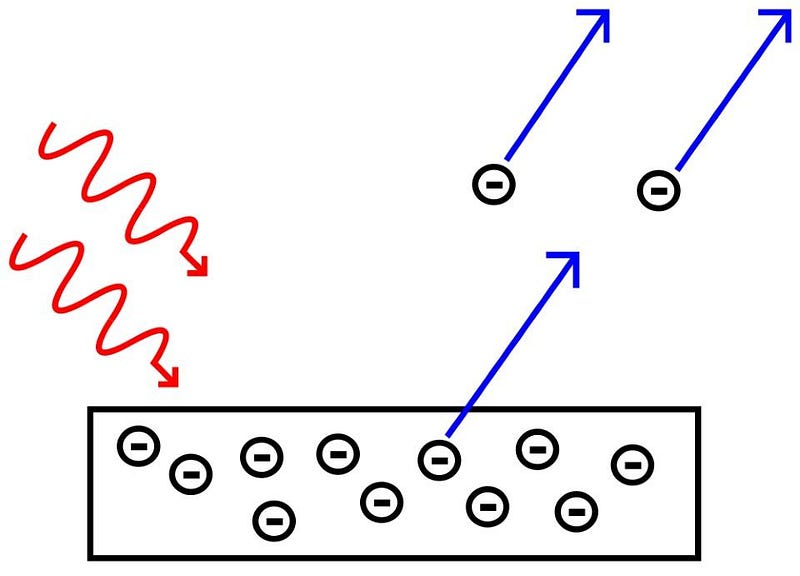
5.) Short-wave UV light and Christmas tree tinsel. Ever hear of a guy named Einstein? Despite being best known for relativity and E = mc², he actually won the Nobel Prize for his quantum research into a phenomenon now known as the photoelectric effect. You can make this effect happen for yourself right at home! Take some sandpaper and sand the outside of an empty aluminum can, then either tape the tinsel to it in whatever configuration you like (close together is better) or tape a copper wire to the aluminum can and the tinsel to that. Prop the can and tinsel up on an insulating surface, like a styrofoam cup, and rub an inflated balloon against your shirt to charge it up. Now, touch it to the tinsel, which should get a negative charge and repel one another. The tinsel will appear much like human hair that’s been charged up on a van de Graaff generator.
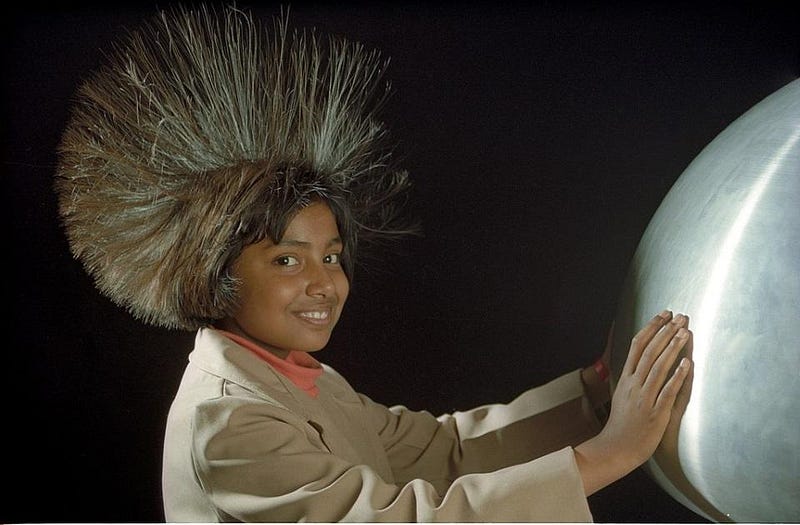
Now, point the short-wave UV light generator (it need to have UV-C light) at the aluminum can and turn it on. The electrons get kicked off, and you can see this by the fact that the tinsel goes down! If you use visible light, infrared light, or even UV-A or UV-B light, the electrons remain bound. This is an example of the photoelectric effect, demonstrating that it’s the energy in each individual photon, not the overall intensity of the light, that determines ionization! (More details here.)
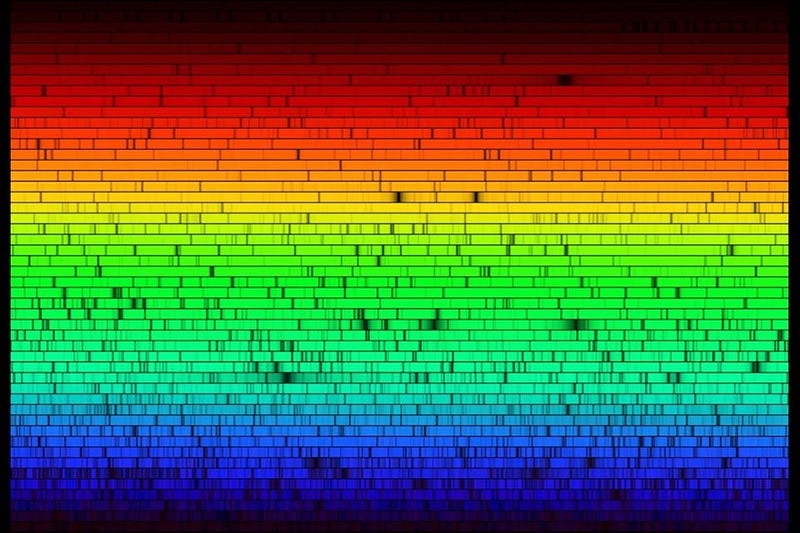
The Universe has proven itself to not only be stranger than we’ve imagined it would be, it appears to be stranger than humans are even capable of imagining. Nevertheless, many of the most counterintuitive phenomena, the ones that reveal the quantum nature of the Universe, can be observed at home on a bare-bones budget. With just a little bit of equipment, patience, and effort, you can explore the quantum Universe right in your own living room, and the reward is a firsthand understanding of a Universe that, even just a century ago, the most brilliant minds in history could never have fathomed.
Send in your Ask Ethan questions to startswithabang at gmail dot com!
Ethan Siegel is the author of Beyond the Galaxy and Treknology. You can pre-order his third book, currently in development: the Encyclopaedia Cosmologica.



